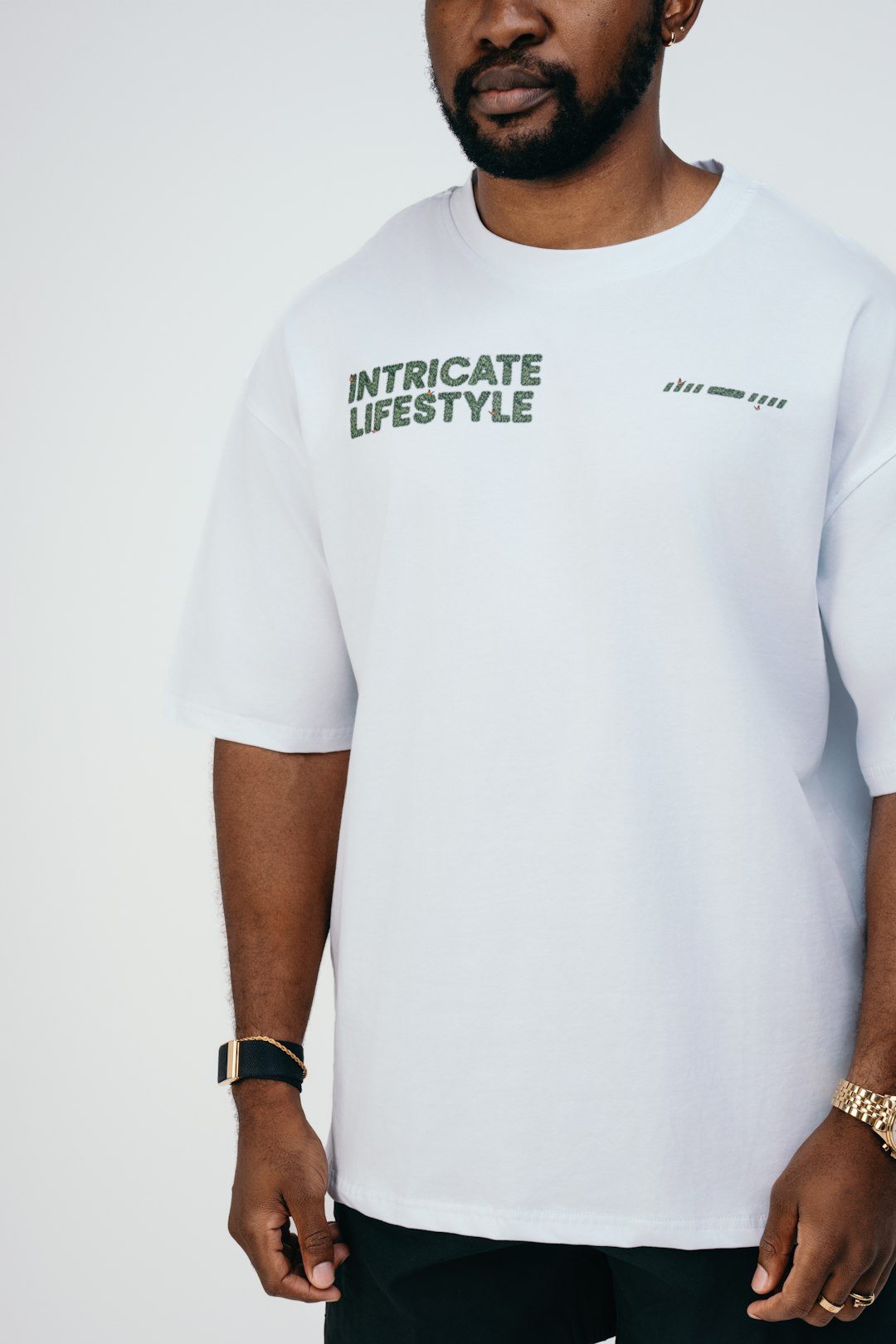Creating striking logos for your print-on-demand products—especially T-shirts, tote bags, and hoodies—is both an art and a science. Whether you’re a seasoned entrepreneur or just entering the POD world, logo design plays a crucial role in attracting customers, conveying brand identity, and ultimately driving sales.
TL;DR: Logos are essential to the success of print-on-demand products. From readability to style, key elements determine how well a logo translates to items like T-shirts, totes, and hoodies. Simplicity and adaptability are critical. Understanding design principles and your audience will help create products that sell consistently and stand out in a competitive market.
Why Logos Matter in Print-on-Demand
In the crowded landscape of the print-on-demand (POD) industry, branding is often the dividing line between success and failure. A well-crafted logo isn’t just a static graphic; it’s a cornerstone of your visual identity. On items like apparel and accessories, your logo can:
- Serve as the focal point of your design
- Express the ethos of your brand or message
- Create a consistent, professional appearance
- Enhance brand recognition and foster customer loyalty
Logos help elevate a POD product from something generic to something memorable and marketable.
Elements of Effective Logo Design for Apparel
Not all logos work well on all mediums. When designing for T-shirts, totes, or hoodies, there are different considerations than when designing for websites or business cards.
1. Simplicity is Key
Intricate designs may look impressive on screen, but they often don’t translate well to fabric. You want to aim for logos that are:
- Bold and easy to distinguish from a distance
- Clean with minimal text and graphic overload
- Versatile enough to function in black and white
A simple logo ensures visibility and clarity, even when printed small or worn on moving surfaces like sleeves or tote straps.
2. Scalability
A good logo needs to look good whether it’s on a hoodie’s chest area or stretched across a full tote bag. Make sure to design it in a vector format (like .SVG or .AI), which maintains quality at any size.
3. Typography Matters
If your logo includes text, ensure the font is legible and consistent with your brand’s tone. Serif fonts can communicate professionalism, while sans-serif fonts often feel more modern and playful. Custom fonts or hand-lettered designs can add uniqueness—just be sure they’re still readable when scaled down.
4. Color Considerations
When printing on fabric, colors can appear differently than they do on digital screens. Colors must coordinate with your chosen apparel colors. Keep these tips in mind:
- Use high-contrast combinations for readability
- Test how colors look on both light and dark backgrounds
- Try to stick with Pantone or CMYK for more predictable outcomes
Also, consider how a logo would appear in monochrome because many POD products may only offer single-color printing options or embroidery.
Designing for Specific Products
While designing one universal logo might feel like the efficient route, tailoring your logo to different products like T-shirts, totes, and hoodies can lead to better end results. Each item has its own format, usage, and visual habits.
T-Shirts
T-shirts are often the first product people associate with POD—versatile, wearable for any style. Your logo on a shirt should usually appear:
- On the front center for brand-driven styles
- Upper left chest for minimalist or workwear looks
- As a large back print for message-based designs

Consider experimenting with layout variations depending on shirt sizes and fits. Women’s cuts may require slightly smaller designs compared to men’s or unisex cuts.
Tote Bags
Totes offer a large canvas and naturally draw attention, making them ideal for bold, centered logos. Because tote fabric is often a neutral color like natural cotton, darker logo colors or line art works especially well.
- Opt for high-contrast prints
- Align logos centrally or toward the bottom third
- Make use of negative space for an elegant design
Hoodies
Hoodies bring texture and structure into play. Consider hoodie-specific challenges:
- Kangaroo pockets may hide part of your logo
- Drawstrings and hoods may interfere with center logos
- Logos can be printed on sleeves for a streetwear style

Embroidery is popular on hoodies, especially for minimalist logos. Keep that in mind during the design phase—simple, line-based logos work much better for stitching than complex, colorful art.
Common Mistakes in POD Logo Design
Even experienced designers can overlook crucial aspects when transitioning from digital to physical products. Some common missteps include:
- Overly complex graphics: These often lose detail in print or appear muddy on apparel textures.
- Wrong color assumptions: Failing to test colors on actual fabrics can result in disappointing outcomes.
- Poor placement: A poorly centered or scaled logo can make even the best design look amateurish.
- Ignoring brand voice: Your logo should reflect your brand, whether that’s minimalist, edgy, vintage, or whimsical.
A critical part of early-stage logo design is prototyping. Order a test print before a full launch to verify that your designs appear as envisioned.
Tools and Resources for Logo Creation
There are many resources available today for POD designers. Whether you prefer hands-on software or pre-built templates, you have options to suit every skill level.
Design Software
- Adobe Illustrator – Industry-standard for vector logo design
- Affinity Designer – A strong alternative at a one-time cost
- CorelDRAW – Versatile and especially suitable for embroidery logos
Online Logo Generators
- Canva – User-friendly and comes with preset templates for POD use
- Looka – AI-powered logo maker offering scalable files
- Hatchful by Shopify – Ideal for quick, branded solutions for e-commerce
Whatever tool you use, always export high-resolution, transparent-background files to adapt your logo to multiple POD products and platforms such as Printful, Redbubble, or Teespring.
Trends in POD Logo Design
Staying on top of industry trends can give your products a competitive edge. While trends shouldn’t override your brand identity, integrating elements of what’s culturally relevant can boost appeal.
Some emerging trends in POD logos include:
- Handcrafted aesthetics – Echoing the DIY culture with hand-drawn or sketch-style logos
- Minimal typographic logos – Clean, text-based logos using modern fonts
- Retro and nostalgic designs – Vintage logos that evoke emotion and familiarity
- Monoline illustrations – Simple line graphics incorporating letters or symbols
It’s worth noting that what works for logos on mugs or stickers may not translate to fabric surfaces. Always test your designs in situ when following trends.
Final Tips for Creating Logo-Centric POD Products
Every successful POD brand builds around a cohesive visual identity. To make your logo work equally well across T-shirts, tote bags, and hoodies, consider the following strategies:
- Design for flexibility: create horizontal and stacked versions of your logo
- Keep your customer in mind: understand their style and buying habits
- Use mockup generators to preview your designs on actual products
- Protect your design with copyright or trademarks when appropriate
In the
